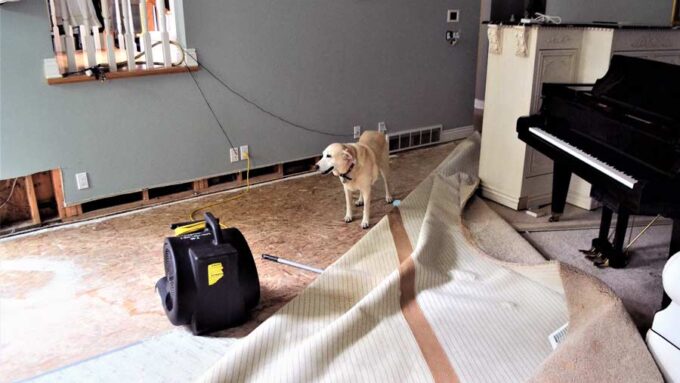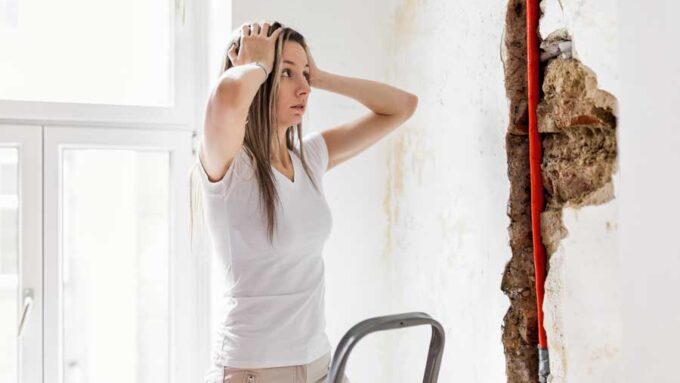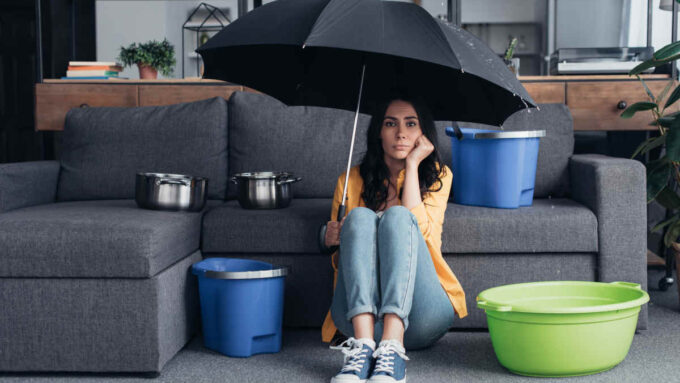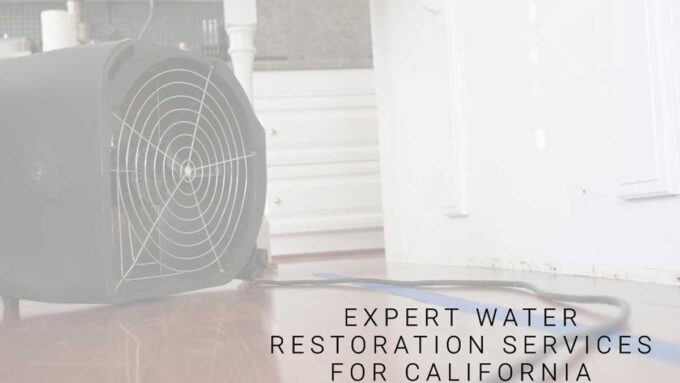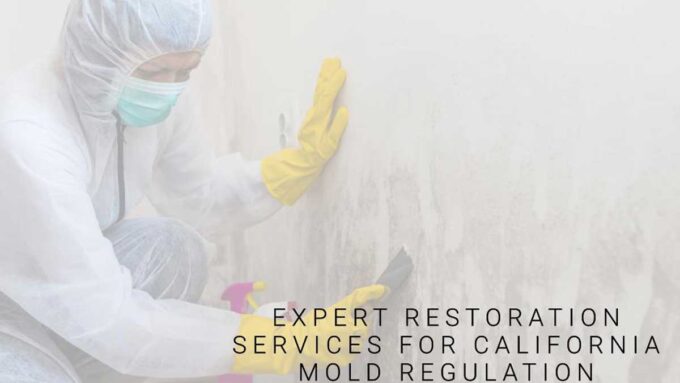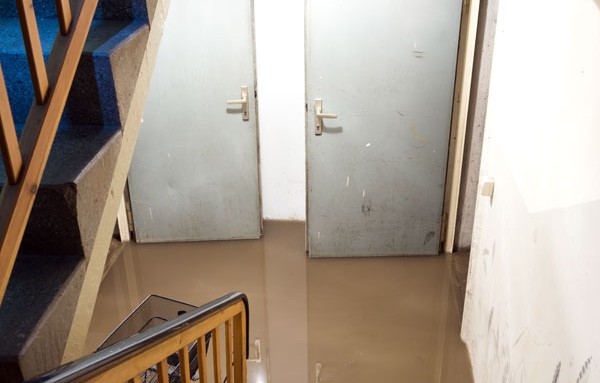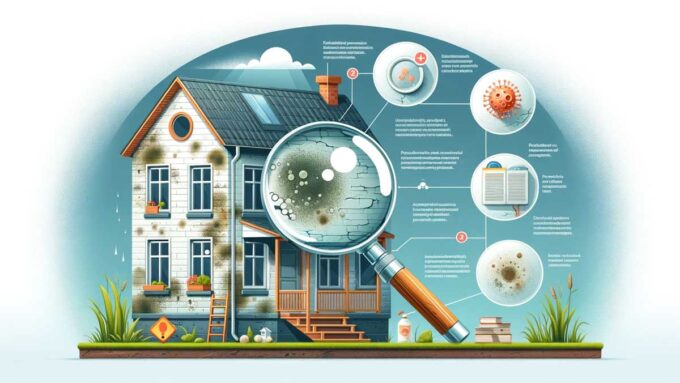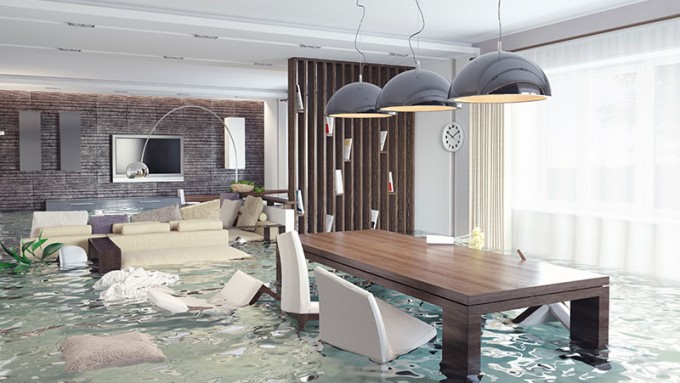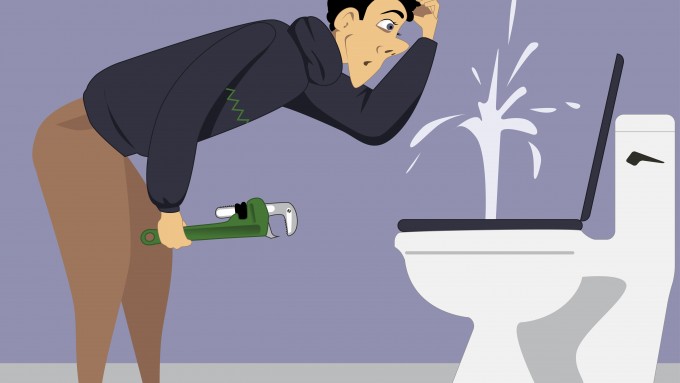Water damage is one of the most destructive and expensive things homeowners may ever deal with.
Knowing the warning signs of serious water damage is a good place to start in an effort to assess the level of damage and prevent serious health risks.
Did you know that different levels of water damage are earmarked by the water color? Read on to learn more about the color of water damage.
How to Spot Signs of Water Damage
Water damage can be obvious or hidden in dark basements or under cabinets. It’s important to find the source of water damage, in addition to cleaning thoroughly to prevent contamination and the onset of mold.
Here are some telltale indicators that you may have water damage:
- Musty smell
- Stained ceilings, walls, or floors
- Tiles or flooring lifting or swelling
- Sagging, swelling, or stained cabinets under sinks
- Water stains on home foundation
- Leaky fixtures or pipes
- Unexplained increase in monthly water bill
- Visible mold
The longer the leak or water source goes undetected, the more serious the issue. Long-standing water damage becomes more contaminated with each passing day if it’s not cleaned up.
It only takes a day or two after water damage for contaminants, bacteria, and mold to take hold.
Water Color Identifies Level of Damage
Once you’ve noticed one or more signs of water damage and even if you’ve identified the source of the leaking water, it’s time to take a look at the color of the water.
Water damage clean-up and restoration professionals look for three basic colors to assess its category, or level of contamination.
Category I – Clean (Clear)
Of all the categories, this is by far the safest level.
Clean water indicates the water damage is from a clean water source, posing little to no threat to your safety or health.
Examples of clean water damage include sources such as:
- Burst pipes
- Broken/burst water supply lines to appliances
- Sink or tub water overflow
- Broken/overflowing toilet tanks
Category II – Gray
Gray water is the next step up and poses a more serious safety and health risk if inhaled or ingested.
Examples of Category II or gray water damage includes:
- Overflow from active washing machine
- Overflow or leak of bath water
- Leak in seal or glass of aquarium or fish tank
- Long-standing Category I water (over 24 hours)
- Contaminated Category I water if in contact with unclean, contaminated areas/surfaces
Category III – Black
Black water poses the most serious threat to your safety and health. It is highly contaminated and can be extremely dangerous if inhaled or ingested.
Examples of Category III or black water damage includes:
- Toilet back-up or overflow
- Flood water
- Drain back-ups
- Visible sewage
- Long-standing Category II water (over 24 hours)
Reducing Water Damage Risks
What you can do to prevent serious safety and health risks is to keep an eye on high-risk areas such as under cabinets and near plumbing pipes and fixtures.
Watch for signs of swelling, bowing, and staining of walls, floors, and cabinets throughout your home.
Find the source of any noticeable, lingering musty odors in your home.
Conclusion
As you can see, even clean water can turn into a more serious issue if left uncleaned and untreated.
When you need help fast, call the water damage clean up, sanitizing, and restoration experts 24/7 at RCS in Santa Rosa.

